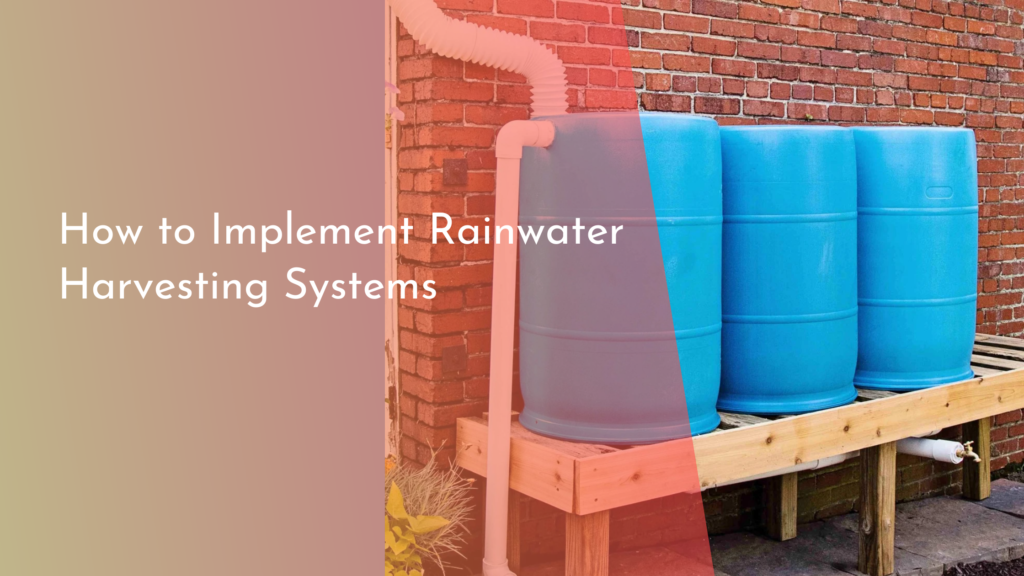How to Implement Permaculture Principles in Your Garden
Permaculture is a revolutionary approach to gardening that emphasizes designing ecosystems that mimic the natural world, aiming to create sustainable and self-sufficient landscapes. It’s not just about planting a garden; it’s about creating a mini-ecosystem that works in harmony with nature. Whether you’re a seasoned gardener or a curious beginner, integrating permaculture principles into your garden can yield incredible benefits, including reducing your ecological footprint and enhancing the biodiversity of your environment. In this article, we will explore the basics of permaculture, guide you through designing your permaculture garden, and offer practical steps to begin your sustainable gardening journey.
Understanding Permaculture Basics
Permaculture is rooted in the observation of natural ecosystems; it seeks to replicate the beneficial relationships found in the wild. The core of permaculture lies in three ethical principles: care for the earth, care for the people, and fair share (or return of surplus to support the first two principles). These principles guide all permaculture practices, aiming to create systems that are not only sustainable but also regenerative, which enhance the environment. By understanding these principles, gardeners can start to see their gardens as more than just a space for growing food but as a habitat that supports the health of the planet.
The concept also relies heavily on a set of twelve design principles including observing and interacting with nature, catching and storing energy, and obtaining a yield. These principles help in designing gardens that are efficient, waste-less, and productive. Implementing permaculture design means thinking about how your gardening efforts can help in building soil health, conserving water, and increasing biodiversity, which in turn makes your garden more resilient and productive.
Designing Your Garden with Permaculture
When designing your garden, start by observing the existing elements and natural patterns. Take note of sunlight patterns, wind direction, soil conditions, and any existing vegetation. This will help you understand how to place elements so that they can function efficiently. For example, planting trees in locations where they can provide shade to lower-energy plants or your home can reduce the need for watering and energy consumption. Designing with nature rather than against it reduces labor and resource use significantly.
Zoning is another key aspect of permaculture design. It involves organizing your garden into zones based on the frequency of human use and the needs of different plants or animals. Zone 0 is typically the home or greenhouse, while Zone 1 includes plants that require frequent attention. Further zones require less frequent interaction, with Zone 5 being a wild or natural area that requires little to no human intervention. Effective zoning optimizes energy efficiency and makes managing your garden easier.
Practical Steps to Start Implementing
To begin your permaculture garden, focus first on building healthy soil. Composting is a fantastic way to start; it recycles kitchen scraps and yard waste back into the soil, enriching it and reducing waste. Companion planting is another practice that enhances soil health and plant growth. By planting certain plants together, you can naturally repel pests, improve pollination, and use space efficiently. For instance, planting garlic near roses can help deter pests that typically bother roses.
Water management is critical in permaculture gardens. Implementing systems like rainwater harvesting or designing swales (shallow trenches that capture rainwater) can significantly reduce your dependence on external water sources. These systems help in storing water in the soil, making it available for plants over a longer period and reducing the need for frequent watering. Additionally, selecting native plants that are adapted to your local climate and soil conditions can further reduce water and maintenance requirements.
Conclusion: Enjoying a Sustainable Garden
Embracing permaculture principles in your garden not only contributes to a healthier ecosystem but also offers a deeper connection with nature. As your garden begins to flourish, you’ll notice an increase in wildlife, a more robust production of fruits and vegetables, and a reduction in your garden’s maintenance needs. Permaculture is not just about growing food; it’s about cultivating a sustainable lifestyle and sharing it with your community.
Remember, transitioning to a permaculture garden is a journey. It doesn’t have to be perfect from the start. Each step you take builds towards a more sustainable and self-sufficient system. Enjoy the process of learning, experimenting, and observing. Your garden, no matter the size, is a powerful step toward a more sustainable future on this planet. Embrace the principles of permaculture and watch as your garden transforms into a vibrant ecosystem full of life and productivity.
As we conclude, integrating permaculture into your garden is about much more than planting—it’s about creating a sustainable, thriving ecosystem. By understanding and applying permaculture principles, not only do you enhance your own environment, but you also contribute positively to the broader ecosystem. Remember, every small step counts towards a greener, more sustainable world. Happy gardening!

